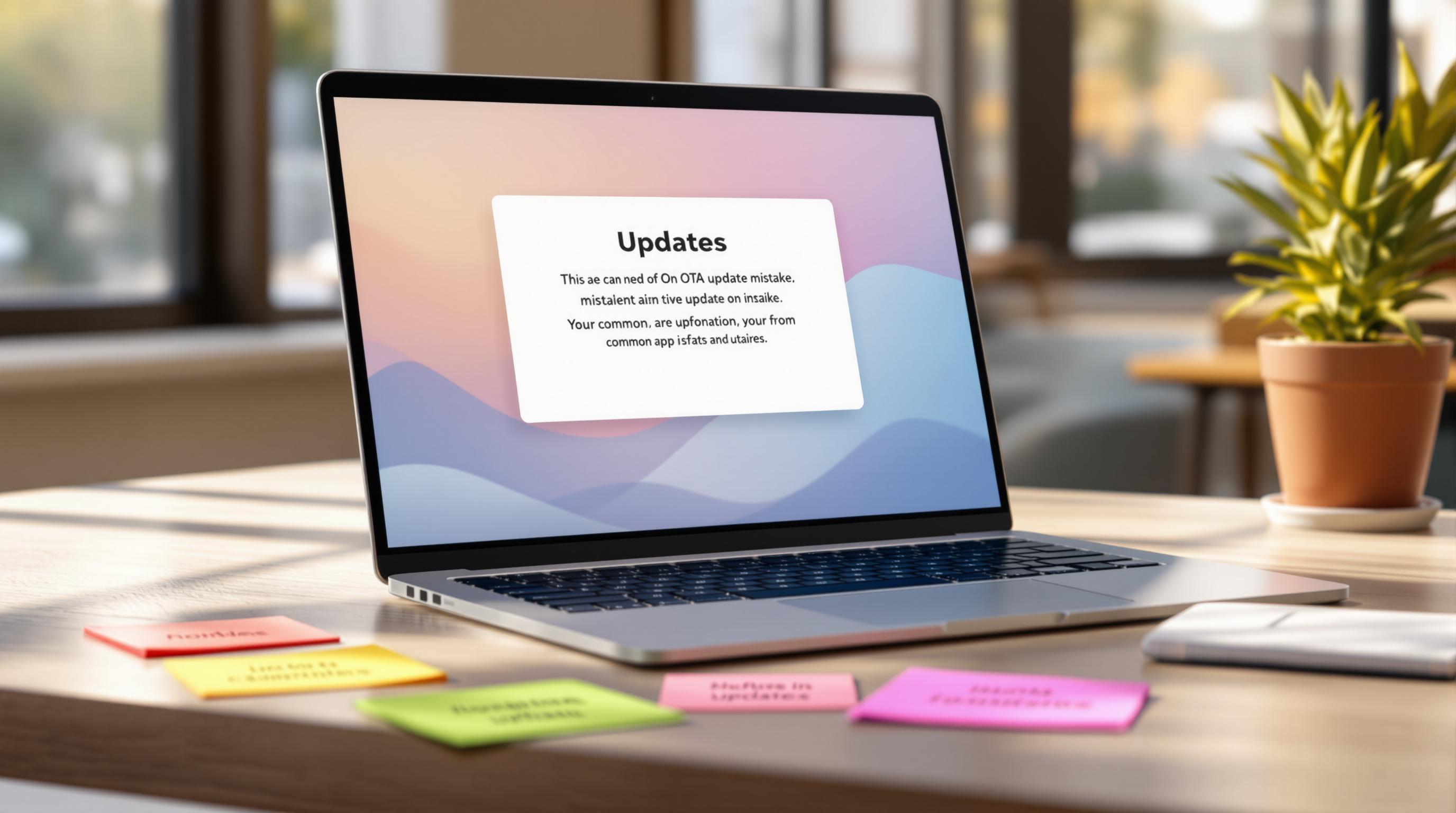Keeping your app updated is crucial for security and user satisfaction. The choice between open-source and proprietary update solutions depends on your priorities: flexibility and cost or ease of use and support.
Key Differences at a Glance:
-
Open Source: Free, customizable, but requires technical expertise and maintenance.
-
Proprietary: Paid, easy to use, with professional support and enterprise-grade security.
Quick Comparison Table:
| Aspect | Open Source | Proprietary |
|---|---|---|
| Cost | Free, but with developer maintenance | $6–$250/user/month |
| Customization | High, with access to source code | Limited to vendor features |
| Support | Community-driven forums | 24/7 professional support |
| Security | Transparent, but requires monitoring | Built-in enterprise-grade security |
| Scaling | Manual setup | Automated and scalable |
| Integration | Requires custom setup | Pre-built CI/CD connectors |
Summary:
-
Choose open source if you have strong technical skills, need customization, and want a cost-effective solution.
-
Opt for proprietary tools if you value ease of use, scalability, and professional support.
Your decision should align with your app’s needs, budget, and team expertise. Let’s dive deeper into the details.
Open Source Vs Proprietary - Who Will Reign Supreme!
Open-Source Update Solutions
Open-source update tools give developers customizable options for managing live app updates. Over time, these tools have improved greatly, offering advanced features while staying budget-friendly for development teams.
Main Features
Open-source tools are packed with features to simplify the app update process:
| Feature | Description | Benefit |
|---|---|---|
| Delta Updates | Sends only modified code | Saves bandwidth and shortens update time |
| Bundle Management | Handles multiple update packages | Supports staged rollouts and version control |
| Security Verification | Uses public key authentication | Protects update integrity |
These features work seamlessly with modern CI/CD workflows, making app updates more efficient and scalable.
Common Tools and Plugins
The open-source landscape offers trusted tools for app updates. Capgo stands out as a top choice for live updates in Capacitor apps, offering end-to-end encryption, smooth CI/CD integration, and compliance with app store guidelines.
Another popular option is the Capacitor Live Update plugin, which simplifies the process of adding live update functionality [2], but requires Appflow a paid backend.
Strengths and Weaknesses
Weighing the pros and cons of open-source tools can help you choose the right solution:
| Aspect | Strength | Weakness |
|---|---|---|
| Cost and Flexibility | Free with access to source code | Demands technical knowledge and upkeep |
| Security | Transparent, community-reviewed code | Needs active monitoring for vulnerabilities |
| Support | Community-driven help | Lacks dedicated support teams |
| Integration | Broad API compatibility | Complexity depends on the tool |
While open-source tools require active security oversight, their transparent nature builds trust [3][5].
Although open-source solutions provide customization and cost advantages, proprietary tools offer an alternative with their own unique set of benefits.
Proprietary Update Solutions
Proprietary update solutions are built for organizations that need dependable, scalable tools for managing updates. These platforms are tailored for businesses that prioritize security, scalability, and access to professional support.
Standard Features
Today’s proprietary platforms come equipped with features designed to meet enterprise demands:
| Feature Category | Capabilities | Business Impact |
|---|---|---|
| Security | Encryption and compliance tools | Protects data and ensures regulatory compliance |
| Management | User assignment, version control, rollback | Simplifies updates and reduces deployment risks |
| Analytics | Usage tracking, performance metrics | Enables data-driven update decisions |
| Integration | CI/CD pipeline support, API access | Automates workflows and streamlines processes |
For example, encryption tools safeguard sensitive information, while rollback and version control features help minimize risks during updates.
Leading Commercial Platforms
Several vendors lead the proprietary update market. Microsoft Intune, starting at $6 per user/month, offers a full suite of enterprise app update tools with strong security and deployment capabilities. VMware Workspace ONE provides similar features but adds device management options for broader use cases.
Google’s Firebase Remote Config has gained popularity for its ability to push real-time configuration updates without requiring app store submissions. This makes it especially appealing to developers working within Google’s ecosystem.
Pros and Cons
Evaluating the benefits and drawbacks of proprietary solutions can help businesses make informed decisions:
| Aspect | Advantages | Disadvantages |
|---|---|---|
| Support | 24/7 professional help, SLA-backed services | Limited customization options |
| Security | Built-in, enterprise-grade protocols | Lack of transparency in security implementation |
| Integration | Pre-built connectors and vendor tools | Risk of vendor lock-in |
| Scalability | Designed for large-scale operations | Higher costs as usage grows |
A recent survey found that 71% of enterprises choose proprietary solutions, mainly due to concerns about security and reliability [6]. This trend highlights the importance of professional support and compliance tools, especially in industries with strict regulations.
Cloud-based proprietary solutions have further expanded scalability options. However, businesses must carefully consider the trade-offs, such as increased reliance on vendor infrastructure, to determine whether these platforms are the right fit compared to open-source alternatives.
sbb-itb-f9944d2
Direct Comparison: Open Source vs Proprietary
Here’s a clear breakdown of how open-source and proprietary app update solutions differ across key features, costs, and technical requirements.
Feature Matrix
| Feature Category | Open Source Solutions | Proprietary Solutions |
|---|---|---|
| Update Control | Manual updates, basic rollback | Advanced versioning, automated rollback |
| Security | Community-managed updates, custom encryption setup | Enterprise-level encryption, automated vulnerability checks |
| Integration | Custom CI/CD setup | Pre-built CI/CD connectors |
| Scaling | Manual configuration | Built-in load balancing |
| Support | Community forums, documentation | 24/7 professional support, SLA guarantees |
These differences also play a role in shaping the cost structures of each option.
Price Breakdown
Open-source tools, like Capacitor Live Update, are free to use but require developer time for maintenance. On the other hand, proprietary platforms, such as Microsoft Intune, charge $6–$250 per user per month, which includes professional support and scalability options [1].
| Cost Factor | Open Source | Proprietary |
|---|---|---|
| Initial License | Free | $6-250/user/month |
| Maintenance | Developer time costs | Included in subscription |
| Scaling Costs | Infrastructure expenses | Usage-based pricing |
| Support Costs | Community-dependent | Included in license |
The choice between these solutions often depends on your budget and the level of in-house expertise available.
Technical Requirements
The technical demands for implementing these solutions vary significantly:
Open Source:
-
Requires custom configuration for security and encryption.
-
Needs manual integration with CI/CD pipelines.
-
Demands setup and management of version control systems.
Proprietary:
-
Offers automated security features.
-
Comes with pre-configured scaling capabilities.
-
Includes integrated monitoring tools.
Proprietary solutions simplify integration and maintenance but may lack the customization options that open-source tools provide. The decision ultimately hinges on whether you prioritize customization or ease of use [3].
Selecting Your Update Solution
When deciding between open-source and proprietary tools, consider factors like your team’s skills, the scale of your project, budget constraints, security demands, and how well the solution integrates with your existing systems. These considerations should align with your app’s complexity, the size of your user base, and any compliance requirements you need to meet.
When Open Source Makes Sense
Open-source tools are a great fit for projects that need flexibility and customization. They’re especially useful for teams looking for tailored integrations and cost-efficient options. The Capacitor Live Update plugin is a good example of this approach. As Capawesome explains:
“One of the biggest advantages of Capacitor over other runtimes is the ability to deliver updates in real-time without having to resubmit your app to the app stores” [4].
This option is well-suited for:
-
Teams with strong technical expertise
-
Projects requiring custom integration setups
-
Organizations that value community-driven solutions
-
Apps needing quick and frequent updates
When Proprietary Tools Are a Better Fit
Proprietary platforms are often the go-to choice for enterprise-level projects where reliability and compliance are critical. They work particularly well for:
-
Large applications with complex deployment demands
-
Companies in industries with strict regulations
-
Teams that need robust monitoring and analytics capabilities
-
Apps deployed across multiple regions with varying compliance standards
Your choice should align with your project’s current needs and future growth. Open-source tools may offer a lower upfront cost, but proprietary platforms can save time and resources in the long run with features like professional support and reduced maintenance [1][3].
For organizations managing several apps across different regions, proprietary solutions often stand out due to their built-in security and scalability. On the other hand, smaller projects may thrive with the adaptability of open-source tools [3].
Conclusion
Main Points
Deciding between open-source and proprietary solutions comes down to balancing factors like cost, flexibility, and support. Open-source tools are a great fit for teams that need customization, while proprietary platforms often shine in areas like scalability and meeting strict compliance needs. Your choice will depend on considerations such as budget, the level of customization required, support expectations, and security priorities.
For organizations juggling multiple apps or requiring enterprise-level features, proprietary tools often provide strong support and efficient workflows. On the other hand, teams with advanced technical skills and specific integration needs may benefit from open-source tools, which allow for tailored solutions to meet unique challenges [3].
Implementation Steps
To successfully implement your chosen solution, start by assessing your app’s specific requirements. Then, select the tool that aligns best with those needs and integrate it into your CI/CD pipeline while ensuring it complies with relevant platform standards. A smooth implementation will depend on how well your choice matches your team’s technical skills, budget, and capacity for long-term maintenance.
The success of your update solution will largely depend on its ability to meet both current demands and future growth. Whether you opt for open-source tools for their customization options or proprietary platforms for their structured support, make sure your choice complements your development process and adheres to platform guidelines [2].




